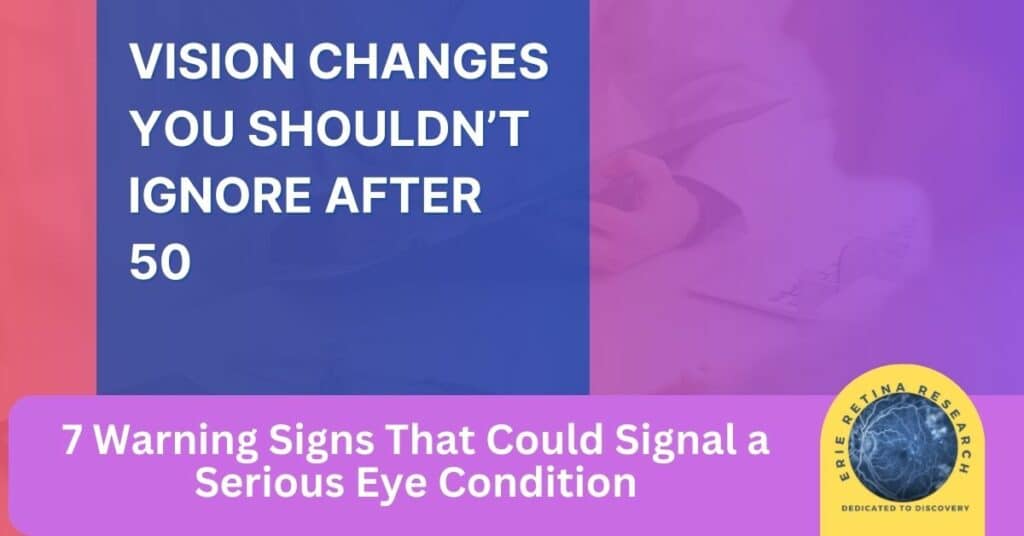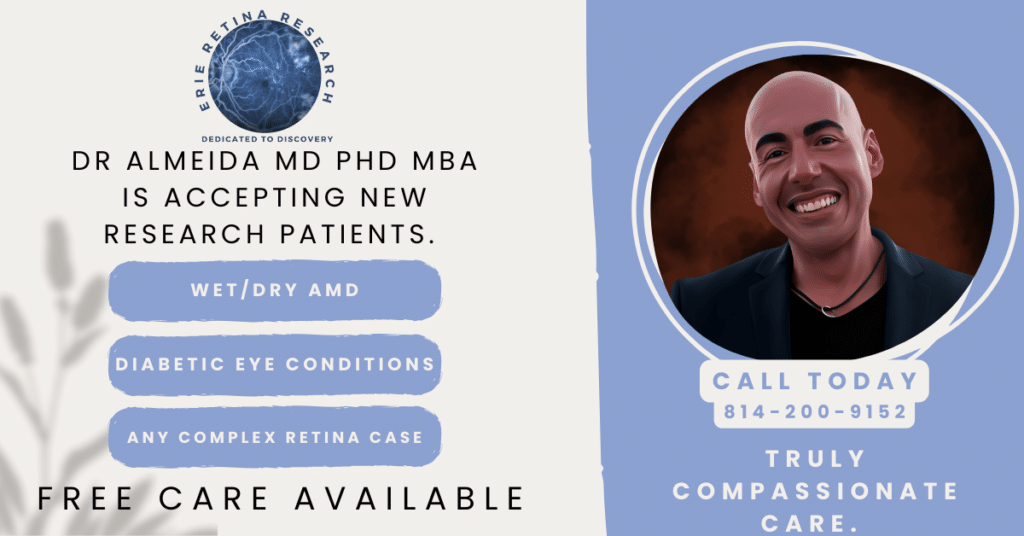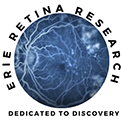7 Warning Signs That Could Signal a Serious Eye Condition

As we get older, some changes to our eyesight are expected. But not all vision changes are just “normal aging.” In fact, some can be early warning signs of serious eye conditions—especially after age 50. Catching these signs early could save your sight.
Here are 7 vision changes you should never ignore after 50:
1. Sudden Blurry Vision
If your vision becomes blurry out of nowhere—whether in one eye or both—it could be a sign of something serious like a retinal problem, a stroke, or even wet age-related macular degeneration (wet AMD). Don’t chalk it up to fatigue or needing new glasses.
2. Straight Lines That Appear Wavy or Distorted
If lines on your phone, calendar, or blinds suddenly look wavy, this could be a red flag for wet AMD, which causes abnormal blood vessels to grow under the retina. This condition progresses quickly and can lead to permanent vision loss if untreated.
3. A Dark Spot in the Center of Your Vision
This can start subtly, like a smudge or shadow that doesn’t go away. It might indicate damage to the macula—the part of the eye responsible for sharp central vision—and should be evaluated immediately.

4. Flashes of Light or New Floaters
Occasional floaters are normal, but a sudden increase, especially with flashing lights, could signal a retinal detachment, which is an emergency.
5. Difficulty Seeing at Night
Struggling to drive after dark or needing much more light to read? This might be an early sign of cataracts or macular degeneration—both of which are treatable when caught early.
6. Double Vision
Seeing two images when you should only see one could indicate a neurological issue, stroke, or thyroid eye disease. Don’t wait—get evaluated.
7. A Noticeable Change in Prescription Over a Short Time
Your vision shouldn’t change drastically in a few months. Rapid shifts could point to diabetes-related eye disease, AMD, or other conditions that need medical attention—not just new lenses.
Clinical Trials: Hope Through Research
If you or someone you love has been experiencing vision changes, there is hope—and options beyond current treatments. At Erie Retina Research, we are actively enrolling participants in clinical research studies exploring new ways to preserve and restore vision. Joining a research study gives you access to no-cost treatments, appointments, and FDA-approved treatment options.
Clinical trials provide access to potential new treatments before they’re widely available and contribute to the future of eye care. Participants receive expert care in a supportive, monitored environment—at no cost.

Bottom Line: Listen to Your Eyes
It’s easy to ignore or adapt to vision changes, but your eyes may be trying to tell you something important. After 50, be proactive:
- Get a comprehensive eye exam once a year
- Track your vision with tools like the Amsler Grid
- Report any new symptoms right away
Your sight is worth protecting—and at Erie Retina Research, we’re here to help.








